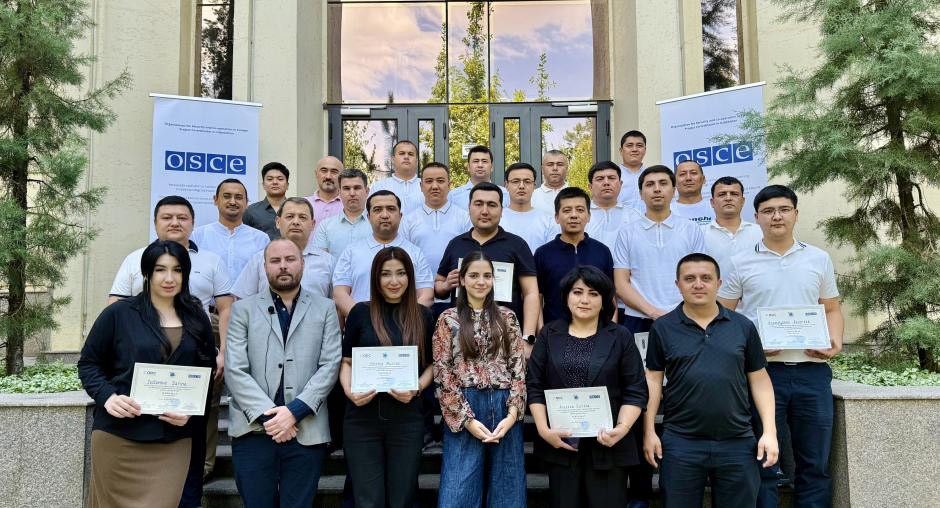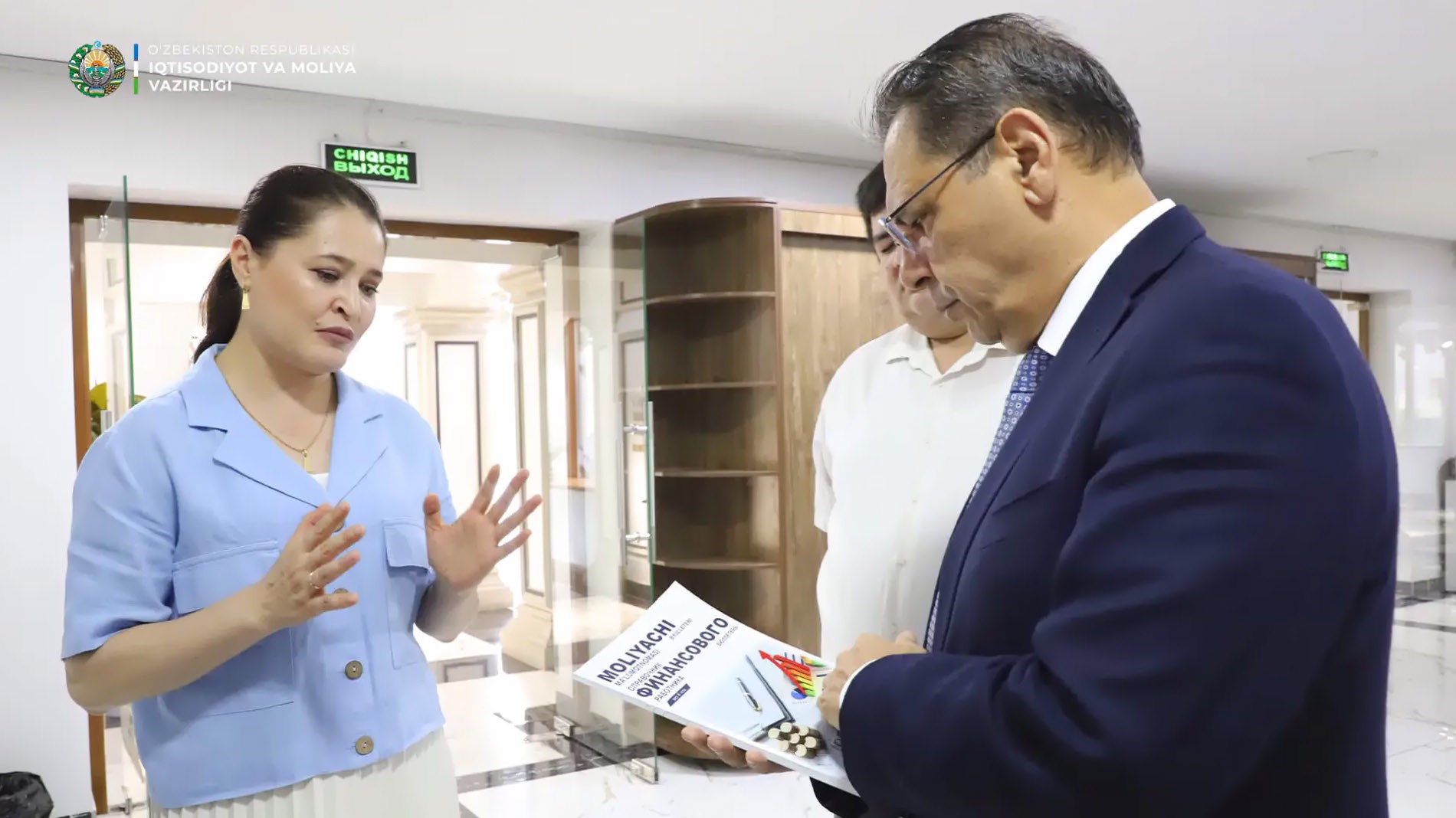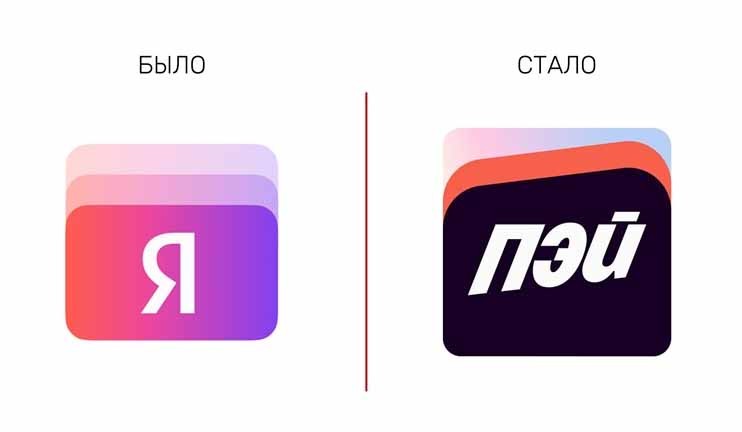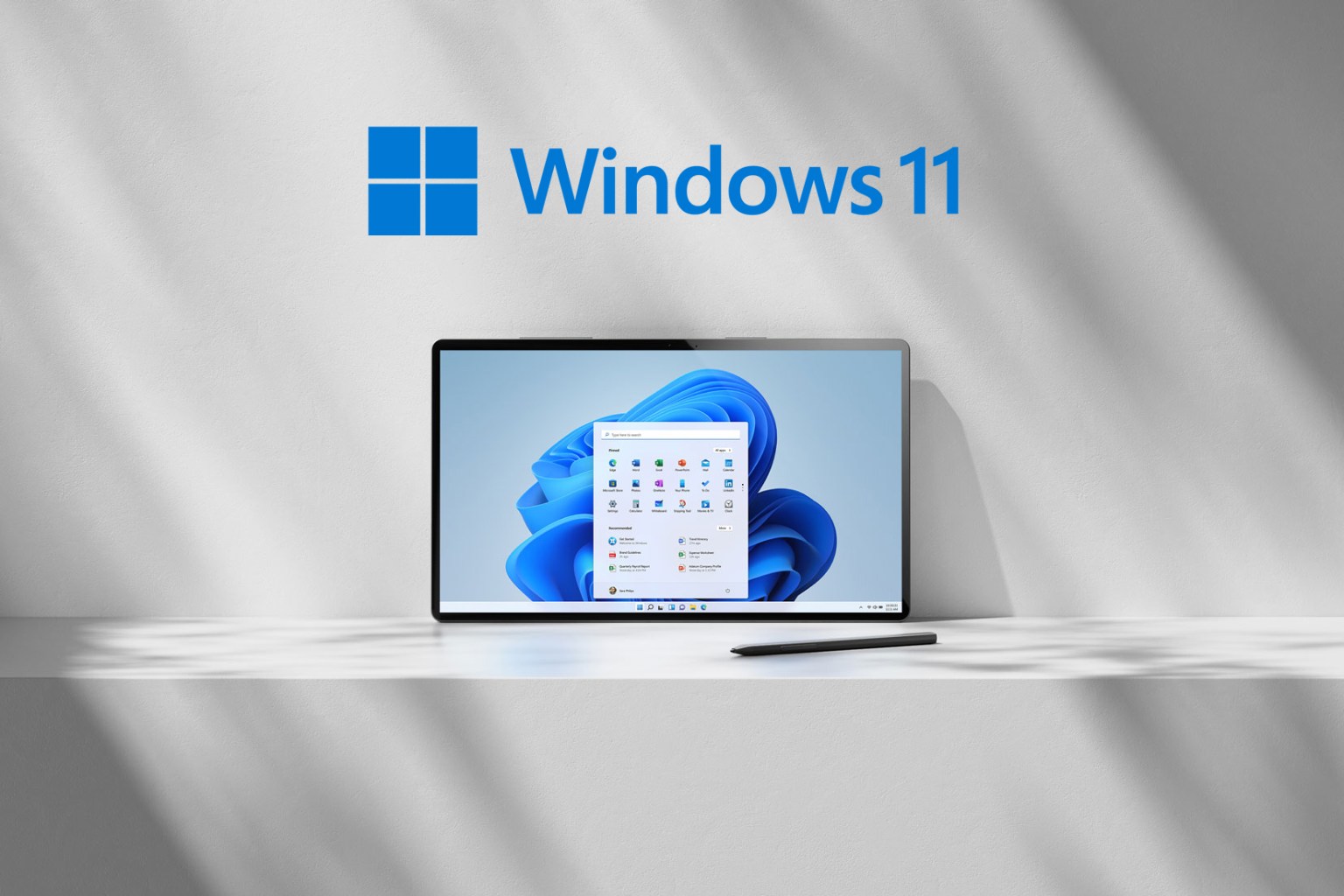The European Commission has announced a review of the cost of an entry permit under the ETIAS (European Travel Information and Authorization System) system, which is expected to launch in the fourth quarter of 2026. It is proposed to increase the fee almost three times — from 7 to 20 euros. This step is caused by the need to compensate for inflationary pressures and growing operating costs associated with ensuring the system's long-term operation.
The ETIAS system is intended for citizens of countries that are exempt from the need to obtain a visa, and applies to trips of up to 90 days in a 180-day period. It covers 30 European countries, including all the countries of the Schengen area, as well as a number of other countries that have joined the EU security system. Travelers from 59 countries and territories, including the United States, United Kingdom, Canada, Japan, South Korea, Singapore, and Australia, will need the permit.
However, there are exceptions: citizens under 18 and over 70 years of age, as well as family members of citizens of the European Union, are exempt from payment. The new cost, according to European regulators, will bring the system in line with the current standards of other countries where such mechanisms are already functioning. For comparison, an electronic entry permit to the United Kingdom costs 16 pounds (approximately 21.7 US dollars), and a similar document in the United States costs 21 dollars.
The proposed change will not take effect automatically. According to the established procedure, it is subject to consideration in the Council of the European Union and the European Parliament. This process will take two months, after which the final decision will be published. If approved, the new cost will be applied by the time the ETIAS system launches at the end of 2026.
The increase in the cost of an entry permit will primarily affect tourists, business travelers and participants of short-term business trips who use the visa-free regime. At the same time, the EU states continue to position ETIAS as an element of border control digitalization and border crossing security improvement, which remains one of the priorities of the pan-European migration policy.














